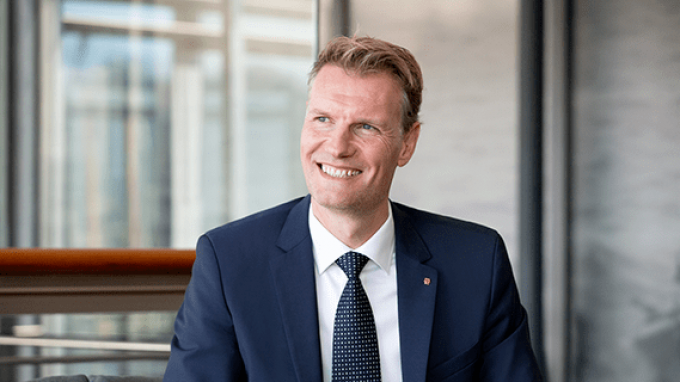CMA CGM links with Saigon operator to build box terminal at Haiphong
CMA CGM has partnered with Vietnamese port operator Saigon Newport (SNP) in a $600m investment ...

Airlines and shipping lines should work together to ensure sufficent prodcution of sustainable fuels.
But, even as speakers at class society DNV’s future fuels conference endorsed LNG as a bridging step, Maersk announced it could achieve net zero emissions 10 years early, by 2040.
Professor Lynn Loo, CEO of the Global Centre for Maritime Decarbonisation, said: “We need to move together. We want to foster collaboration across sectors, because these solutions don’t necessarily come from shipping alone. So, inside the sector with ...
MSC Elsa 3 sinking – now the 'blame game' begins
After DSV 'cuts the cake' on Schenker acquisition, time for redundancies?
Congestion fear as US west coast ports brace for transpacific cargo surge
Bad news for shippers as wave of transpacific rate increases continues
Houthis claim Red Sea safe for box ships not calling at port of Haifa
Shippers hold their breath as Trump appeals court ruling that tariffs are illegal
No deals with carriers, say Houthis – Red Sea safe for non Israel-affiliated ships
Schenker's Shirley Sharma Paterson moves to K+N as global head of sales

Comment on this article